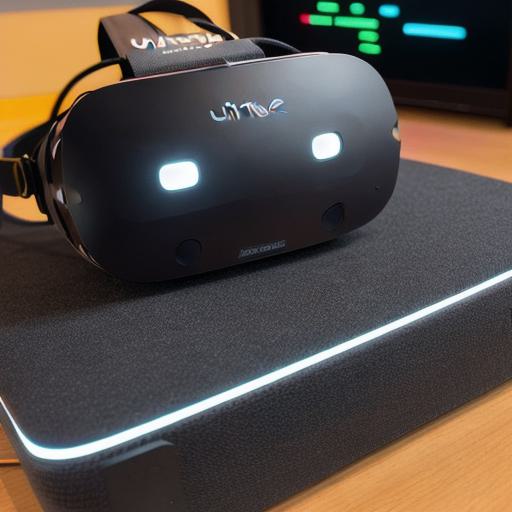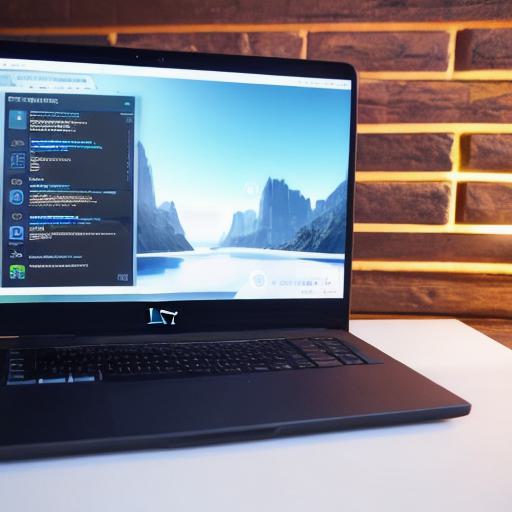If you’re a web developer eager to explore Virtual Reality (VR) using Unity but don’t have access to a headset, fear not! Unity offers several ways to create and test VR experiences on a standard desktop setup. Let’s dive into the process.
Setting Up Your Environment

First, ensure you have Unity Hub installed, which acts as a central hub for managing different versions of Unity projects. Select the version that suits your needs (e.g., Unity 2019.4 LTS for VR development). Once installed, download and import the VR Supported packages.
Creating Your Project
New to Unity?
Start by creating a new 3D project. Choose an appropriate template for your experience, such as “3D Template” or “XR (Mixed Reality) Template.” Next, configure your project settings for VR. In the “Edit” menu, click “Project Settings,” then under “XR Plug-in Management,” make sure “Virtual Reality Supported” is enabled and choose a suitable XR plugin based on your target platform.
**Designing Your Experience**
With your project set up, design your VR experience using Unity’s powerful tools like the Scene view, Game view, and Hierarchy window. Add objects, create scripts, apply materials, and configure physics.
**Testing Without a Headset**
Unity offers a built-in XR preview mode to test your creations on a standard desktop setup. This mode simulates the VR experience using an overlay view. To access it, press “F9” while in the Scene view or Game view. You can also adjust settings like resolution and orientation for a more immersive simulation.
**Exporting Your Project**
Once satisfied with your VR design, you can export your project for various platforms. Choose the platform that best fits your needs and follow the guidelines to create an executable file or web build.
**Conclusion: WebGL and Beyond**

Although testing without a headset has its limitations, it allows you to explore VR development in Unity with minimal setup cost. For more interactive experiences, consider using technologies like WebGL for creating web-based VR applications. This way, your audience can access your creations directly from their browsers, expanding your reach beyond traditional VR hardware requirements.
